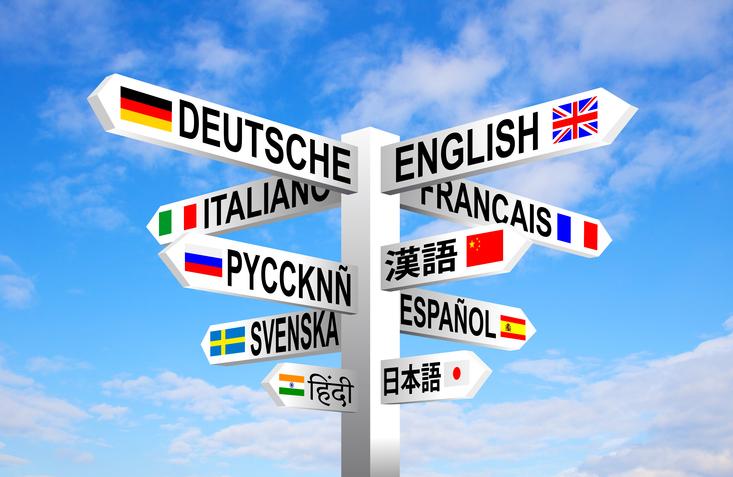By the End of the Century, 1,500 languages, or a Fifth of the World’s Languages, Could Die Out

According to research by Australian National University (ANU), around half of the world’s 7,000 languages are presently endangered, with 1,500 especially at a particular risk of disappearing.
Professor Lindell Bromham, a co-author, reports that his team “found that without immediate intervention, language loss could triple in the next 40 years.” He adds that “by the end of this century, 1,500 languages could cease to be spoken.”
Additionally, the study found 51 new stressors on endangered languages that put them under pressure. For example, in certain countries, as the number of schooling years increases, the level of language endangerment also increases. Hence, researchers emphasize the importance on incorporating Indigenous languages in language curriculums, supporting a bilingual education for children of all ages. Another example of a stressor is road density. According to Professor Bromham, “the more roads there are, connecting country to city, and villages to towns, the higher the risk of languages being endangered. It’s as if roads are helping dominant languages ‘steam roll’ over other smaller languages.” However, he states that “contact with other local languages is not the problem” and that actually, “languages in contact with many other Indigenous languages tend to be less endangered.”
An UNESCO study of endangered languages states that Africa, Eastern Siberia, Central Siberia, Northern Australia, Central America, Northwest Pacific Plateau, Oklahoma, and the Southern Cone of South America are all regions with an especially great number of languages that are going extinct. Out of all these areas, Africa has the most linguistic diversity, with people speaking around 2,000 different languages. Nonetheless, more than 300 of these languages have less than 10,000 speakers, meaning they are endangered. In fact, 37 of the 300 endangered languages are going extinct at a rapid rate.
Certain languages in Europe are also becoming endangered. One of the most recognized ones is Irish in Northern Ireland. It has no official status in the region and instead seen as merely a regional language. Hence, UNESCO classified it as “definitely endangered.”
